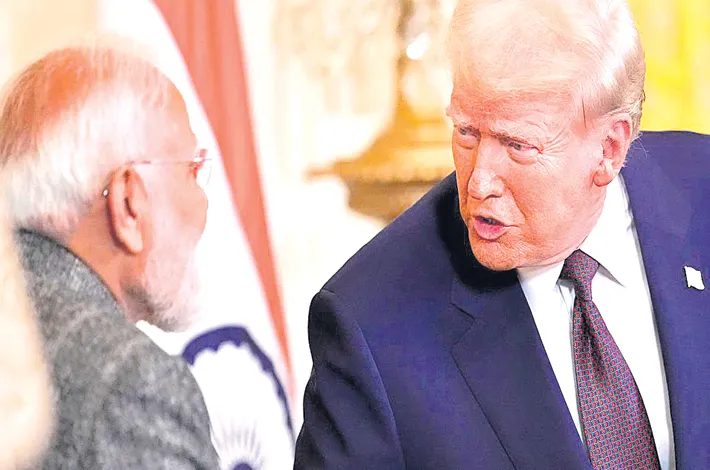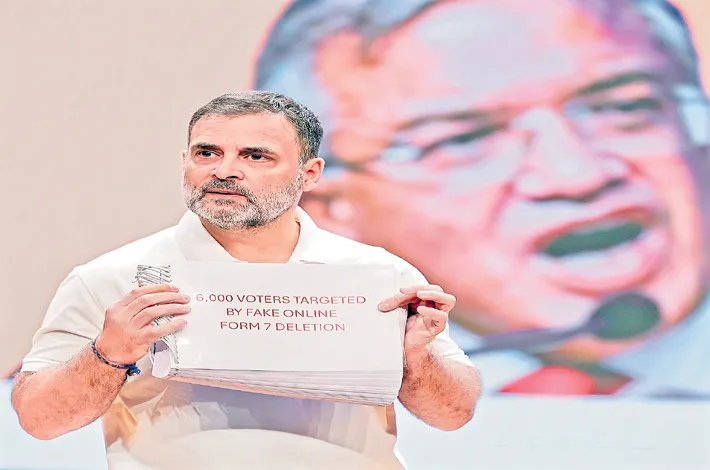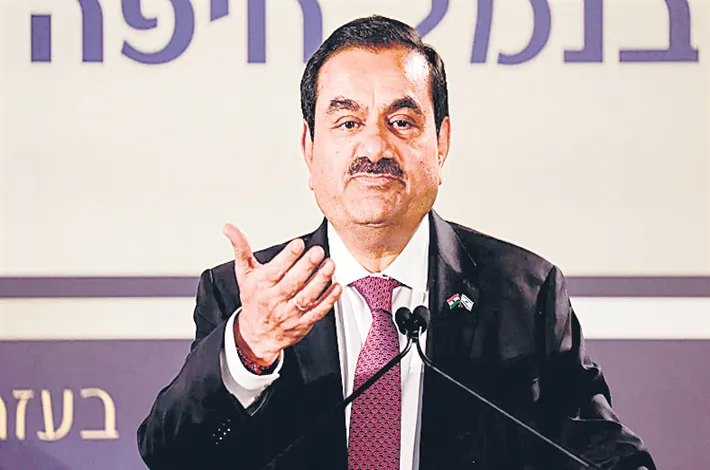Trump’s 25% Tariff and Russia Penalty: A Blow to India’s Economy
01-08-2025 12:00:00 AM

U.S. President Donald Trump’s announcement of a 25% tariff on Indian imports, coupled with an unspecified penalty for India’s continued purchase of Russian oil and military equipment, has sent shockwaves through India’s economic and diplomatic circles.
Effective August 1, 2025, the measures, announced via Trump’s Truth Social platform, cite India’s high trade barriers and its economic ties with Russia amid the ongoing Ukraine conflict as key reasons. The move threatens to disrupt India’s export-driven sectors, strain its energy security, and complicate its geopolitical balancing act.
India, the world’s most populous nation and the U.S.’s 10th largest trading partner, exported $86.5 billion in goods to the U.S. in FY25, maintaining a trade surplus of $40.8 billion. Major exports include pharmaceuticals, textiles, gems, petroleum products, and auto components.
The 25% tariff, slightly lower than the 26% threatened earlier, will likely increase costs for U.S. consumers, reducing demand for Indian goods. Experts estimate a potential 10-20% drop in exports, which could shave 0.5% off India’s GDP growth, projected at 6.2% for FY26. Aditi Nayar, chief economist at ICRA, noted, “The tariff and penalty are higher than anticipated, posing a headwind to India’s growth. The extent depends on the penalty’s size.”
The unspecified penalty for India’s Russian oil and arms purchases adds further uncertainty. Russia supplies 35-40% of India’s crude oil imports, up from less than 1% before the Ukraine war, driven by discounted rates. In FY24-25, India imported $50.3 billion worth of Russian oil, a sharp rise from $2.3 billion in FY22. This reliance has been critical for India, which imports over 85% of its crude oil, to manage energy costs for its 1.4 billion citizens.
Trump’s penalty, part of a broader strategy to pressure Russia via secondary sanctions, could make Russian oil less viable, forcing India to seek costlier alternatives from the Middle East or the U.S. This shift could fuel inflation, particularly in fuel and transport sectors, impacting millions of low-income households.








